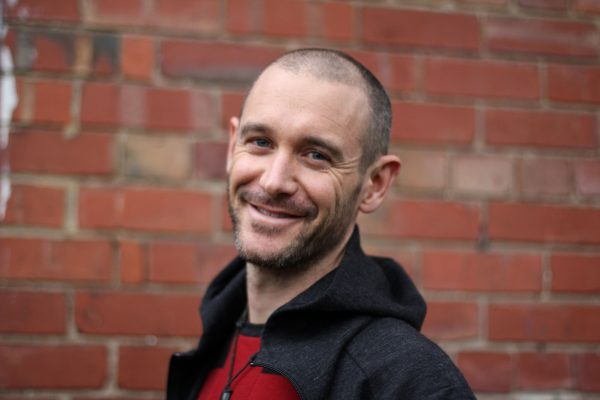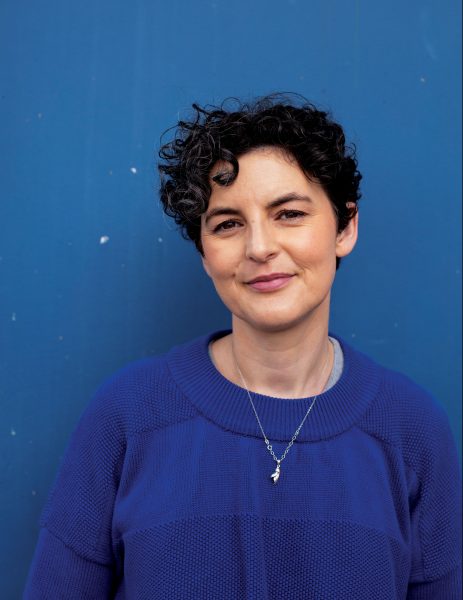Sins of omission
There is a dramatic moment in the documentary Manufacturing Consent: Noam Cbomsky and the Media when two rolls of paper are placed on the floor of a darkened stadium and unrolled. One reaches its end in only a few seconds. The other, like the Energiser battery, keeps going and going and going. Floodlights switch on all the way down the stadium as the paper steadily scrolls past. Finally, the roll finishes, and up on the screen comes the information that during the period 1975 to 1979, the New York Times devoted 1175 column inches to coverage of Cambodia. To East Timor, the newspaper devoted just 70.
The point of the comparison is that both places were killing fields of equal abomination, involving comparable levels of atrocity and human suffering and occurring at the same period of history, but because the US endorsed and provided 90 per cent of the arms for Indonesia’s invasion of East Timor, the genocide there went unreported, whereas the horror of Cambodia was front-page news. Suharto, from a Western perspective, was a friend; Pol Pot was an enemy. So East Timor was Indonesia’s problem, while Cambodia was the world’s.
What, I wondered as I rewatched the documentary recently, would Chomsky—author, intellectual, iconoclast—have made of the coverage of the Bougainville conflict by the New Zealand and Australian media? There are significant similarities between the situations in Bougainville and East Timor. Although the catalysts for conflict differed—an invasion in the case of Timor, a dispute over land and compensation in the case of Bougainville—both ended up as a cry for freedom from outside domination. In both cases the international community failed to intervene to stop the brutality and bloodshed, and the media were largely silent.
I became aware of the seriousness of Bougainville’s plight after Mark Scott’s visit there in 1991. We had just published his first story for the magazine—on Antarctica. He had now come back with stories not of icebergs but marauding gunboats, not of penguins but dying children. As I watched him edit the television footage that would become an award-winning documentary, I was struck by the sense of isolation and bewilderment that showed in the faces of the Bougainvilleans. In one village, Mark had filmed a group of women singing a hymn in Pidgin. Their voices conveyed a great weight of sadness, tinged with inextinguishable hope.
At that time we talked of Mark going back to write about Bougainville for New Zealand Geographic, but for many years it was too dangerous to contemplate. Last year, he did return, in the company of photographer Peter Quinn, to describe something of the healing of a devastated people.
For Mark, the visit confirmed a painful truth he had learned in 1991: that the New Zealand government and media had failed Bougainville. Had not lifted their voices to condemn the brutality of the PNG Defence Force. Had watched on while civil disobedience turned into a nine-year civil war.
For Peter, trying to understand the complexities of the political situation while dealing with even such basic matters as finding reliable transport on an infrastructurally gutted island, was far from easy. “The tropical heat, the malaria-infecting mosquitoes, the menacing young men carrying bush knives, along with the ever-present thought of recriminations for pointing my camera at the wrong subject—these all paled in comparison to simply making sense of everything that had happened on this island,” he said.
Never did the contradictions seem more vivid, Peter told me, than one evening when he was wandering the deserted streets of Arawa in the company of a senior BRA commander: “Every so often he would point to an innocent looking pothole in the road and matter-of-factly recount the events that had occurred at this spot. How they had lain an ambush, just past that bridge, for PNG soldiers, and how, in the ensuing carnage, one of ‘his boys’ had reached for the weapon of a dead PNG soldier whose finger was still caught in the trigger guard, and the rifle had gone off, killing the young BRA combatant.
“At the time we were headed for one of Bougainville’s stunningly white coral-sand beaches for a pleasurable evening’s fishing from a dugout canoe—which only added to the incongruity of the tales I was hearing. How could this have all happened here in such a blissful setting, and gone on for so long? Making sense of why the Bougainvilleans had taken up arms on their own island had been my main reason for wanting to do this story. But the more I learned, the more I came to question the conduct of my own country and our trans-Tasman neighbour during the crisis.
“It is a credit to us that New Zealand finally involved itself in the affairs of Bougainville, brokering the peace process and providing troops to monitor it. But why did it all take so long?
When we asked the Ministry of Foreign Affairs and Trade to comment on our article, we were told that New Zealand had not stood by idly, politically fiddling while Rome burned, but from the outset had been busy behind the scenes, seeking a diplomatic solution. The question Mark Scott’s story raises is, should there have been a more forthright international response in Bougainville to halt the bloodshed at an earlier stage?
How does one know when is it time to intervene—in an act of “ethnic cleansing,” a street fight, a family dispute? And what form should that intervention take? These are questions police officers ask every day of their lives. They are questions nations must ask, too. And the media, in their role of providing and encouraging a forum for debate, must ask them as well.















